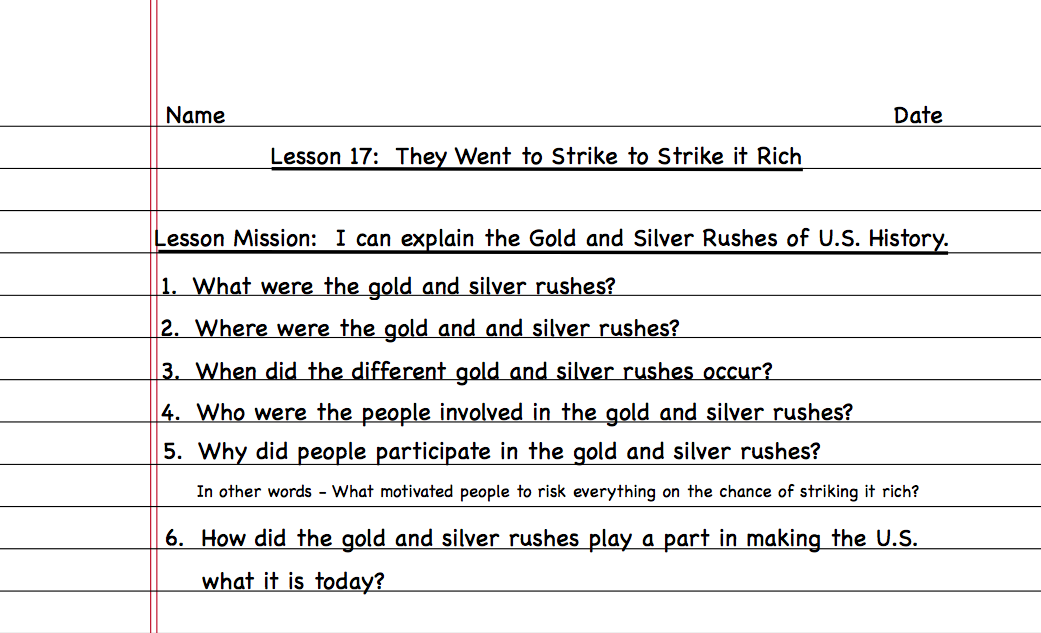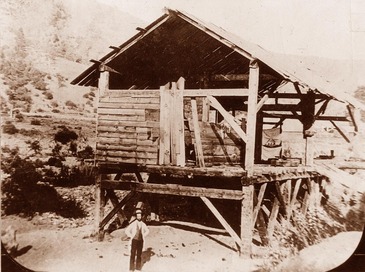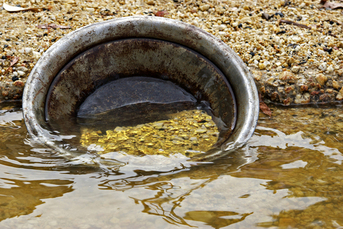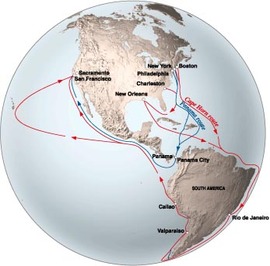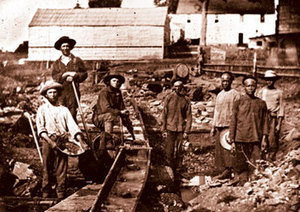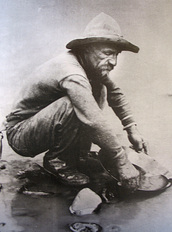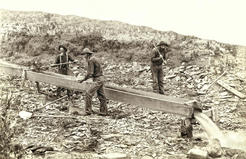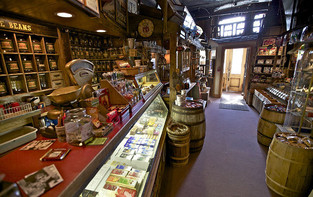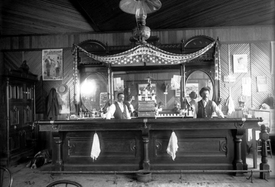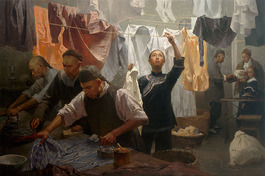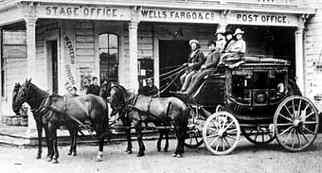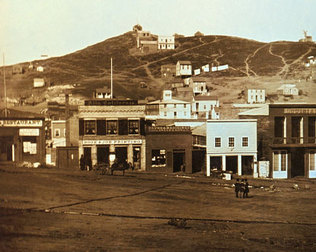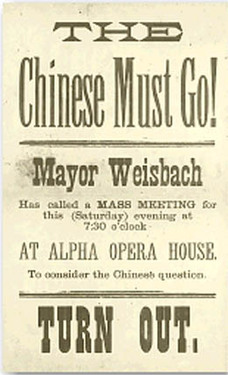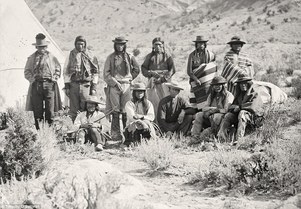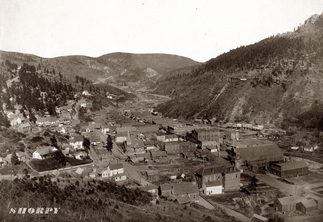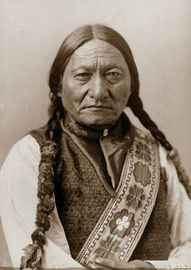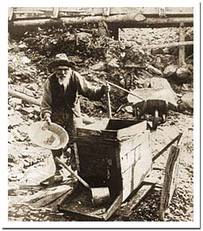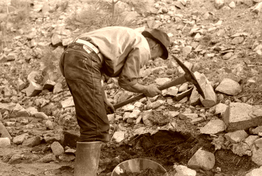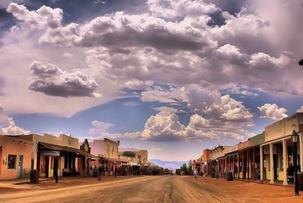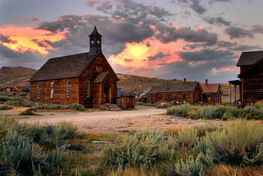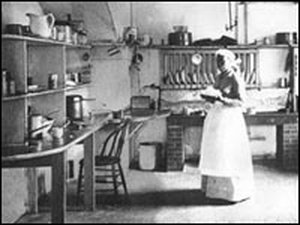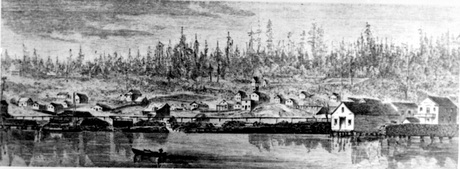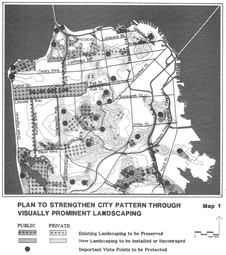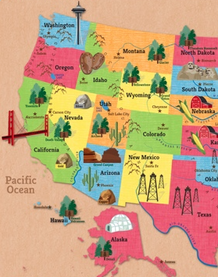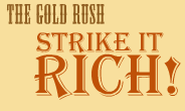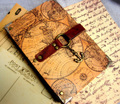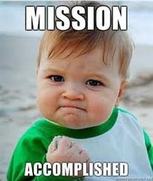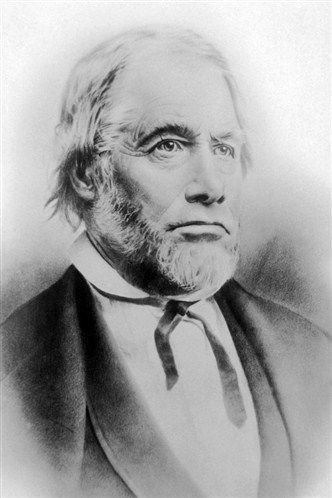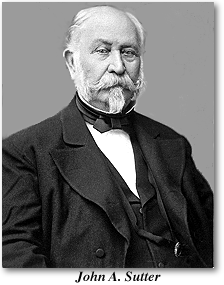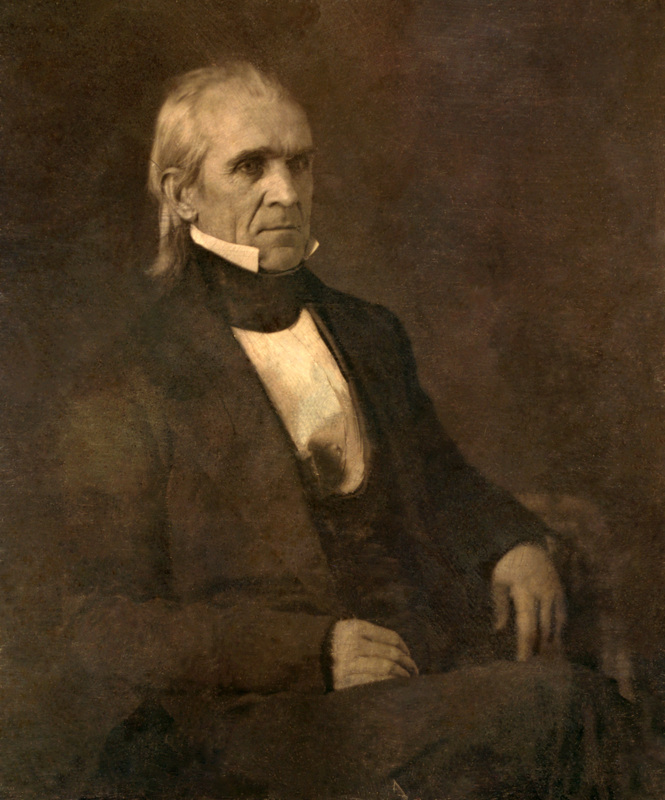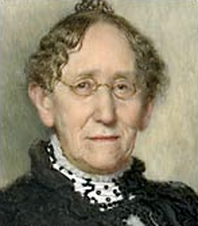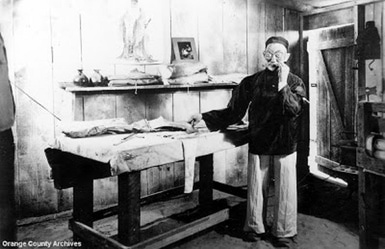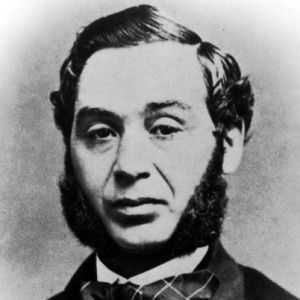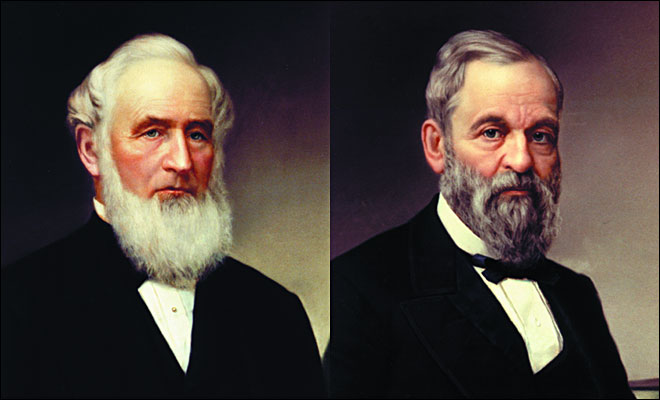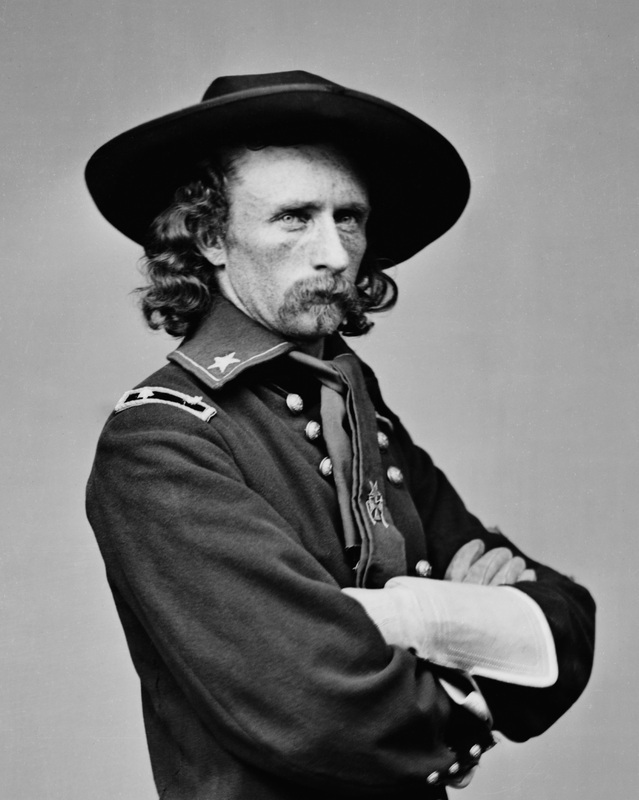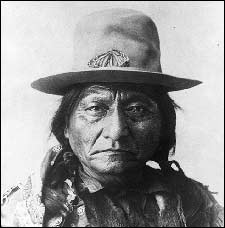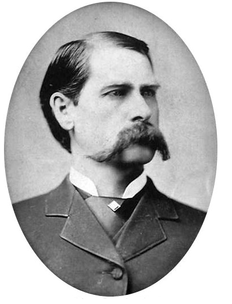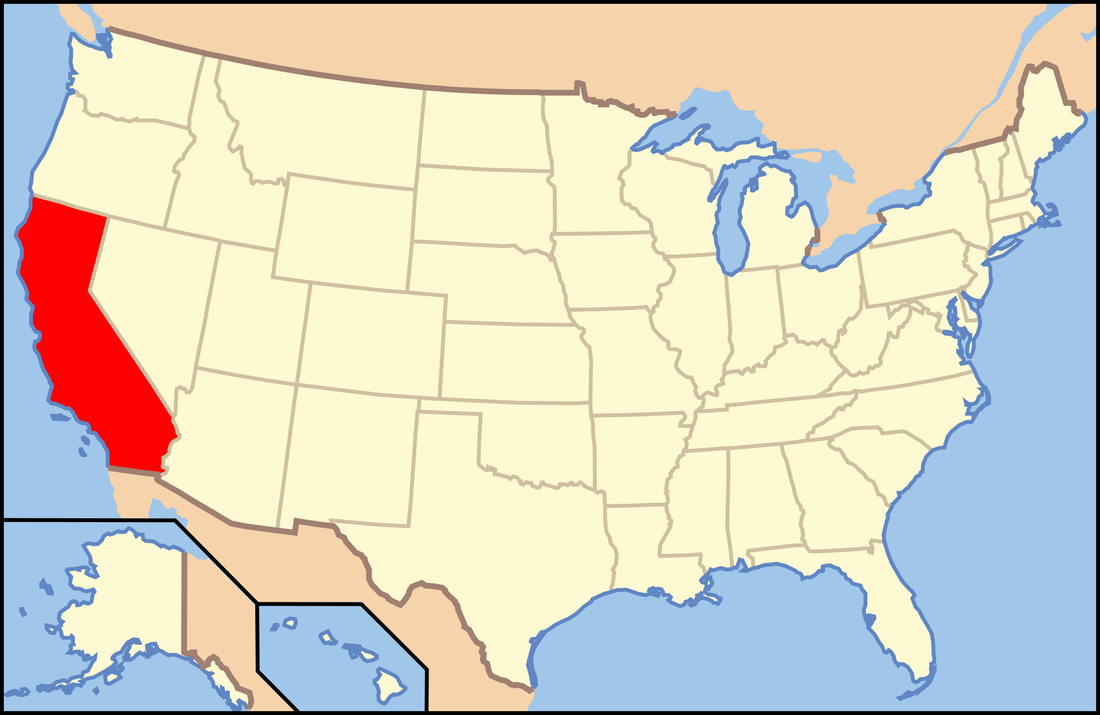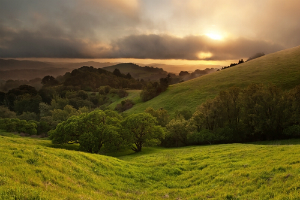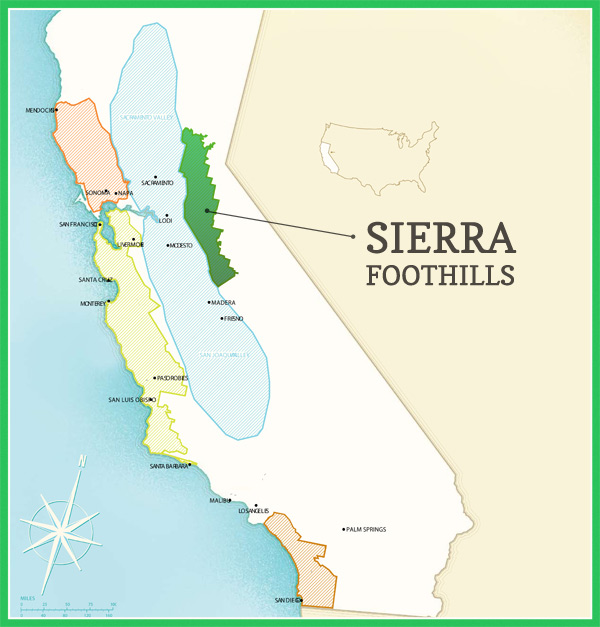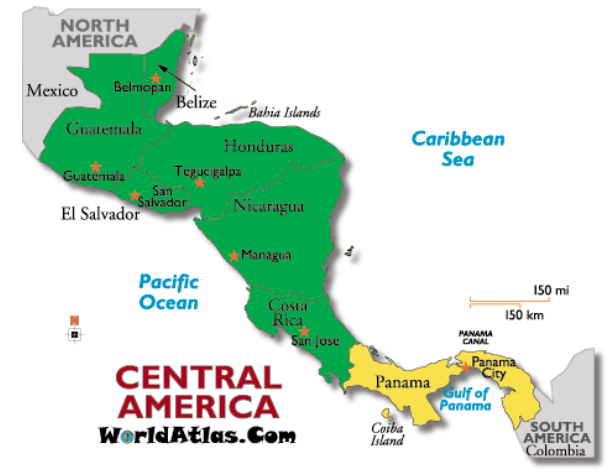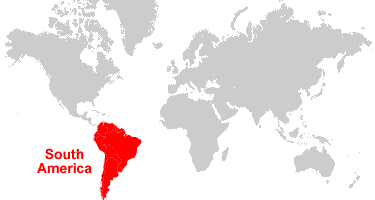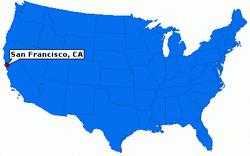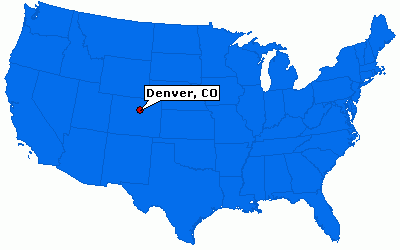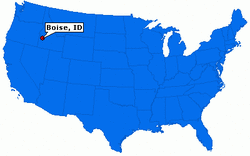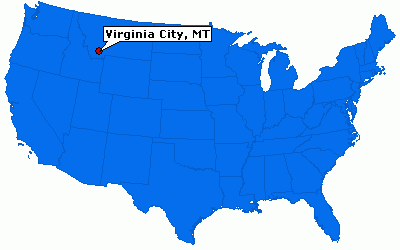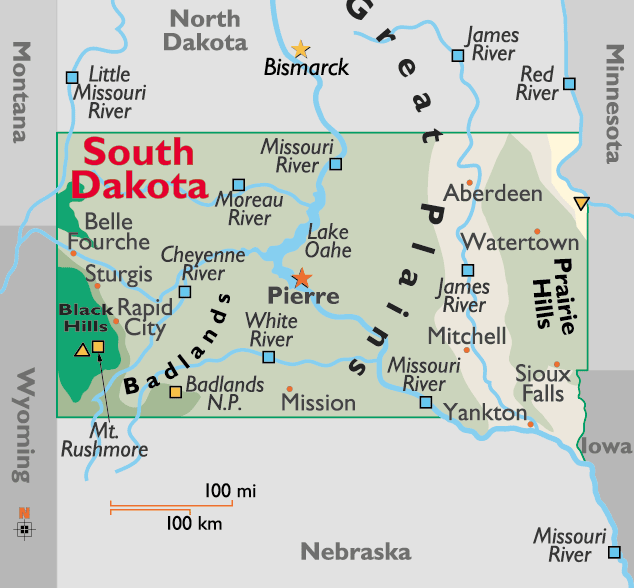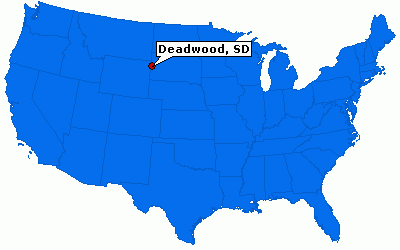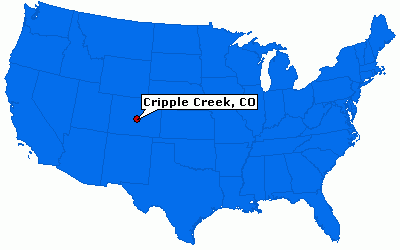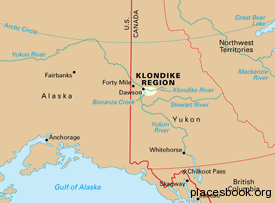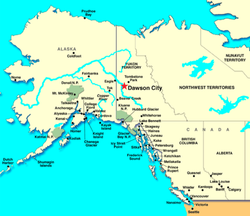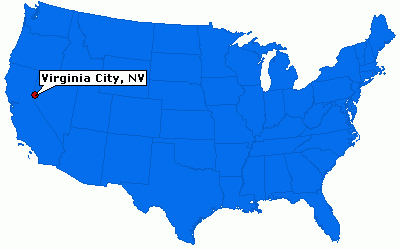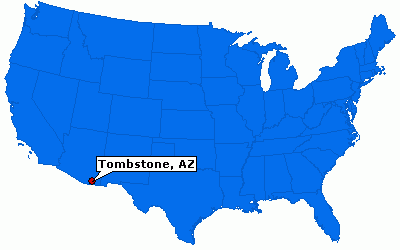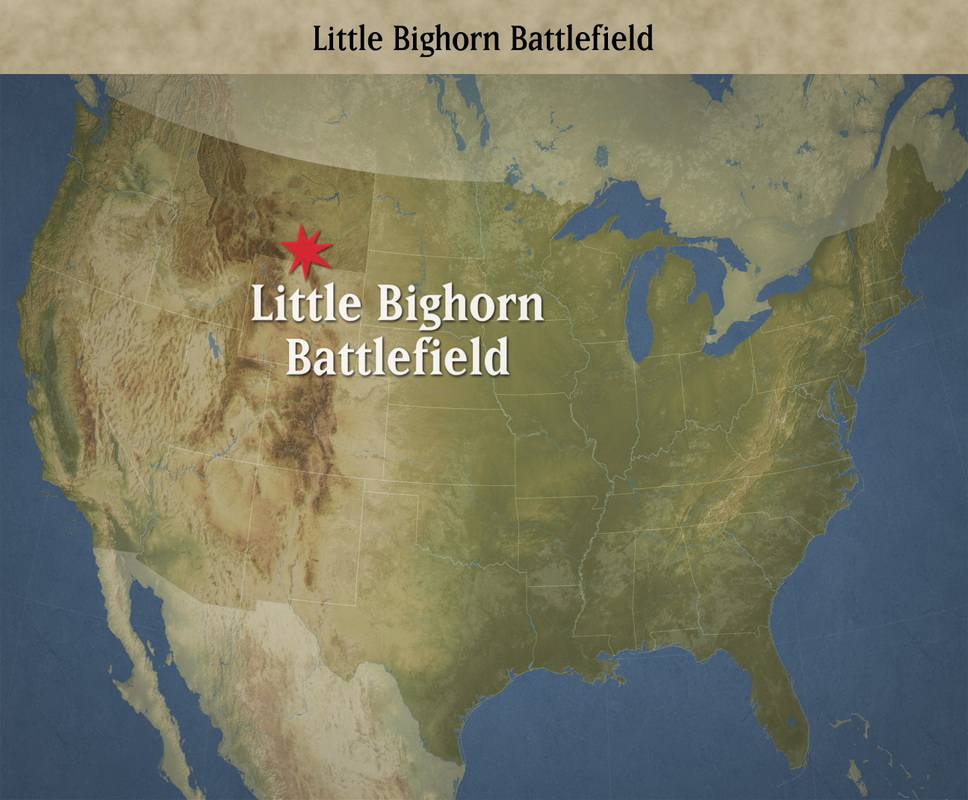LESSON 17:
THE WENT TO STRIKE IT RICH
FOCUS ACTIVITY
Lesson Mission

DIRECTIONS: Remember, the Lesson Mission is what you, the student, will be able to do after the lesson is over. Begin today's Lesson Chronicles Entry by heading your paper with your name and the date and the Lesson Title. Write down today's essential question. Answering the essential question at the end of the lesson is your Lesson Mission!
Essential Question(s):
What were the gold and silver rushes? When and where did they occur? Who was involved in the gold and silver rushes and what motivated them to risk everything on the chance of striking it rich? How did the gold and silver rushes play a part in making the U.S. what it is today?
Set up your Lesson Chronicles Entry for Lesson 17.
TEACHING ACTIVITY
Skeleton Outline

DIRECTIONS: Remember, accomplishing your lesson mission is your purpose for reading. To accomplish your mission, you must be able to answer the essential question(s). We will continue to work on answering essential questions by identifying information from key text structures to make a skeleton outline of the text.
Recall the Key Text Structures in Non-Fiction Text:
1. Headers
2. Sub-headers
3. Bolded Words
4. Italicized Words
5. Pictures & Captions
6. Boxed off Information
7. Charts and Graphs
8. Maps
1. Headers
2. Sub-headers
3. Bolded Words
4. Italicized Words
5. Pictures & Captions
6. Boxed off Information
7. Charts and Graphs
8. Maps
Recall How to Create a Skeleton Outline:
Column 1 - Text References - Text to Text, Text to Self, Text to World
Column 2: Headers and Sub-headers
Column 3: Main Idea, Terms, People, and Places
Column 4: Main Ideas of the Sections, Definitions, Descriptions, and Explanations
Column 5: Questions and Clarifications
Column 1 - Text References - Text to Text, Text to Self, Text to World
Column 2: Headers and Sub-headers
Column 3: Main Idea, Terms, People, and Places
Column 4: Main Ideas of the Sections, Definitions, Descriptions, and Explanations
Column 5: Questions and Clarifications
Set up your Skeleton Outline in your Lesson 17 Chronicles under the Lesson Mission.
WHOLE GROUP ACTIVITY
Part 1: Guided Reading and Cornell Notes

DIRECTIONS: Now that you have a purpose for reading, and you have identified the key elements of the reading, we will take turns reading the passage below as a class.
As we read, you need to record your notes in the last column.
Recall the things you should include in notes on a text:
1. What is the main ideas of each section?
2. What words do you need to define?
3. What people are mentioned and how are they important?
4. Is there any sequenced information?
5. Is there a causes and effect relationship?
6. Is anything compared and contrasted?
7. Is there a problem that needs a solution or is solved?
8. What is the conclusion or result?
As you read, if a certain part of the reading makes you think of a text to text, text to self, or text to world connection, write it in the bottom row.
Recall the text to text, text to self, and text to world strategy:
As we read, you need to record your notes in the last column.
Recall the things you should include in notes on a text:
1. What is the main ideas of each section?
2. What words do you need to define?
3. What people are mentioned and how are they important?
4. Is there any sequenced information?
5. Is there a causes and effect relationship?
6. Is anything compared and contrasted?
7. Is there a problem that needs a solution or is solved?
8. What is the conclusion or result?
As you read, if a certain part of the reading makes you think of a text to text, text to self, or text to world connection, write it in the bottom row.
Recall the text to text, text to self, and text to world strategy:
- Text to text references: When a certain word, phrase, or sentence reminds you of something else that you have read.
- Text to self references: When a certain word, phrase, or sentence reminds you of something about your own life.
- Text to world references: When a certain word, phrase, or sentence reminds you of a world issue or event.
